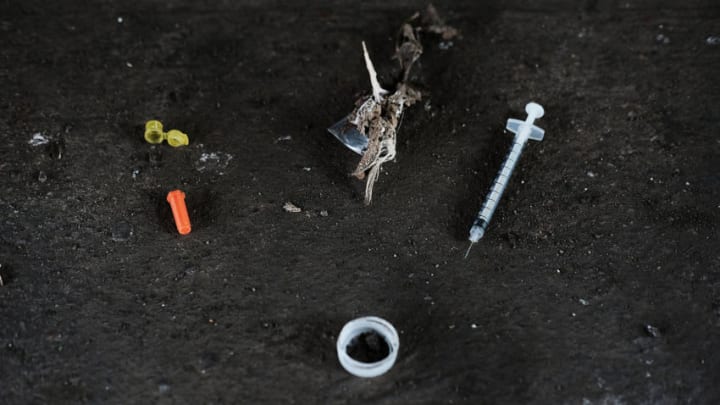Netflix’s The Business of Drugs 103: Heroin
In episode 3 of The Business of Drugs, former CIA analyst Amaryllis Fox continues profiling the illicit drug trade, this time focusing on heroin. It turns out the drug has only increased in popularity after long years of the war on drugs.
According to the series, opium increased by 65 percent in 2017 alone! Fox heads to East Africa, where the heroin trade has really taken off. She meets a man in Kibera, Kenya who calls himself “Mr. K.” He deals in a type of heroin called “brown sugar.”
The Business of Drugs goes over the basics, such as heroin being a more potent variation on morphine, and how morphine is commonly used in medicine. As with the other episodes of the series, we learn that people like Mr. K. can make way more money selling drugs than a regular 9-to-5. He has many clients, from Nigerians to Chinese.
The Business of Drugs: Standing up to heroin?
In terms of popularity, heroin is 3rd to cannabis and cocaine. Still, some people — like Kenyan parliament member Mohamed Ali — try to stand up to this pernicious drug problem. He considers heroin alien to Kenya. However, as other money-making opportunities lag behind, people rely on it for money. In fact, in Afghanistan (where so much heroin is sourced), the drug accounts for almost 30% of GDP.
Heroin use has climbed in Africa largely out of trade route adaptability because war-torn Syria is no longer as reliable. That’s not to say any place (or approach) is free of risk. In Mombasa, Kenya, we hear from “Mr. R,” who became a police informant after some of his speedboat operating friends went missing. What happened to them? One can make plenty of unsavory guesses.
A humane approach
Though The Business of Drugs looks at DEA-style tactics, it also looks at less militaristic approaches in addressing heroin. Kheri Bilali, an activist for the MEWA clinic, mentions discusses their needle syringe exchange, to assure the use of clean needles. We also see that a woman named Sheba, a former drug addict herself, works for the clinic, hoping to use her experience to inspire others to heal.
The series also goes over how the euphoric effects lead to withdrawal and how heroin benefits from the so-called “Dark Web” and the Hawala system of money transfers (for more on that, read here). Fox suggests that people like regions downplay their heroin problem. The episode offers Mombasa police’s Bashir Ali as an example, who says heroin use has been reduced by 95% (an unlikely figure).
Drastic steps
In response to heroin, some authorities might call for all foreigners bringing in drugs to be deported. We also see how, as part of a public relations campaign, heroin might actually be blown up (the United States has also done this by burning confiscated pot). However, another, more direct things might inspire individuals to change: Life events.
While one might disagree strongly with the drug war’s violent approach, losing a limb can nevertheless change a drug transporter’s mind. This is exactly what happened with Salim, a former drug mule who used to transport heroin in his stomach. Salim lost his leg in an altercation with the police, which made him change his life’s course. Still, as Amaryllis Fox suggests, practically anyone might end up making, selling, or transporting drugs to survive.
What are your thoughts on The Business of Drugs? Let us know in the comments!
